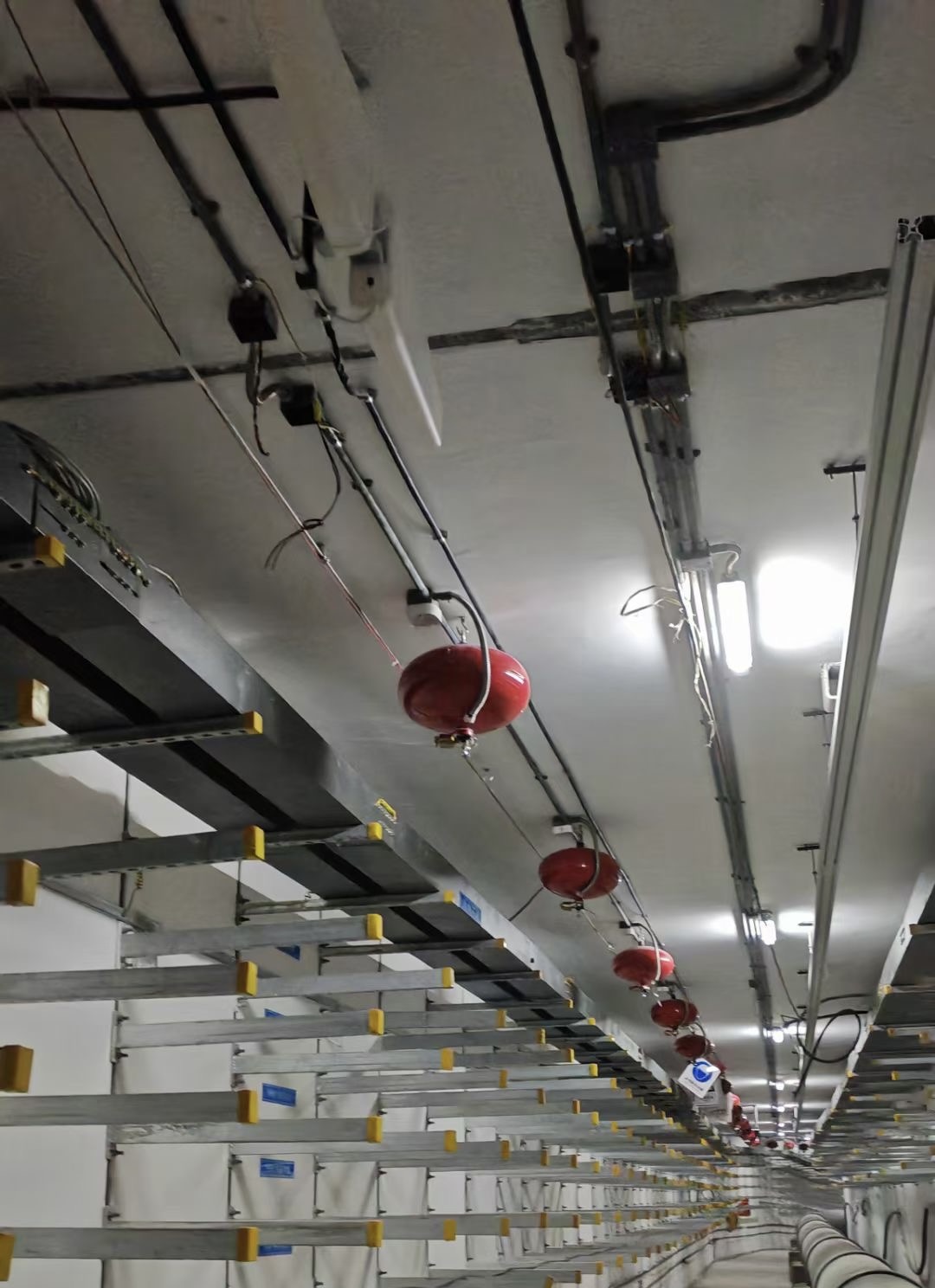5G Log Periodic Antennas (LPDA): High-Performance 5G Solutions for Wideband Connectivity- Our Technological Leaps

As 5G networks expand globally, the demand for antennas capable of supporting wide frequency ranges and high gain has surged. 5G Log Periodic Antennas (LPDA) are critical for applications requiring broad spectral coverage, from Sub-6 GHz bands to mmWave frequencies. RF element, a pioneer in advanced RF solutions, specializes in low-PIM 5G LPDA antennas designed for telecom infrastructure, military communications, and IoT deployments. Our antennas operate across 600 MHz to 6 GHz, delivering consistent performance in the most demanding environments.
This guide explores:
Technical advantages of RF element 5G LPDA designs.
Applications in modern wireless networks.
Installation and optimization strategies.
Why Choose RF element 5G Log Periodic Antennas?
1. Wideband Frequency Coverage
Log Periodic Dipole Array (LPDA) antennas are renowned for their ability to maintain stable gain across a broad frequency range. RF element 5G LPDA antennas cover:
Sub-6 GHz Bands: 600 MHz – 6 GHz for urban 5G networks and rural coverage.
mmWave Compatibility: Optional modules extend coverage to 24–40 GHz for ultra-high-speed backhaul.
This versatility makes them ideal for hybrid networks transitioning between 4G LTE and 5G NR (New Radio).
2. High Gain and Directional Precision
Gain: 8–12 dBi across all frequencies, ensuring reliable signal transmission over long distances.
Front-to-Back Ratio: >20 dB minimizes interference from rearward signals.
Beamwidth: Adjustable azimuth (60°–90°) and elevation (30°–45°) for targeted coverage.
3. Low-PIM and Durability
Passive Intermodulation (PIM): < -150 dBc ensures minimal distortion in multi-carrier systems.
Robust Construction: Aluminum alloy housing with IP67 rating withstands extreme temperatures (-40°C to +85°C) and corrosive environments.
Technical Specifications of Re Element 5G LPDA Antennas
| Model | Frequency Range | Gain (dBi) | VSWR | Polarization | Connector Type |
|---|---|---|---|---|---|
| RFE-LPDA-6G | 600 MHz–6 GHz | 10 | ≤1.5:1 | Linear | N-Female |
| RFE-LPDA-MMW | 24–40 GHz | 12 | ≤1.8:1 | Dual | SMA |
| RFE-LPDA-MIL | 1–6 GHz | 9 | ≤1.6:1 | Circular | TNC |
Applications of 5G Log Periodic Antennas
1. Telecom Infrastructure
Small Cell Networks: Deploy LPDA antennas in urban areas to support dense 5G traffic.
Backhaul Links: High-gain directional beams enable multi-kilometer connectivity between towers.
2. Military and Defense
Tactical Communications: Secure, wideband antennas for battlefield networks and drone control systems.
Signal Intelligence (SIGINT): Detect and analyze hostile transmissions across broad frequency ranges.
3. Industrial IoT
Smart Factories: Enable low-latency communication between autonomous robots and central systems.
Remote Monitoring: Track equipment in oil fields or mining sites with long-range connectivity.
Installation and Optimization Guide
1. Site Planning
Alignment: Point the antenna’s main lobe toward the target receiver (e.g., cell tower or drone swarm).
Elevation: Mount antennas at least 3 meters above ground to reduce ground reflection interference.
2. Cable and Connector Management
Low-Loss Cables: Use LMR400 or HELIAX® to minimize signal attenuation.
Weatherproofing: Seal connections with silicone tape or heat-shrink tubing.
3. Interference Mitigation
Spectrum Analysis: Identify and avoid congested frequencies using tools like Keysight FieldFox.
Beam Tuning: Adjust azimuth/elevation angles to focus on priority signals.
Case Study: Urban 5G Network Expansion
A Southeast Asian telecom operator deployed RF element RFE-LPDA-6G antennas to upgrade its urban 5G infrastructure. Results included:
40% Increase in Coverage Radius: Achieved through high-gain directional beams.
30% Reduction in Latency: Enabled real-time AR/VR applications for retail and gaming sectors.
FAQs About 5G Log Periodic Antennas
Q: Can LPDA antennas support both 4G and 5G networks?
A: Yes—RF element wideband designs (600 MHz–6 GHz) are backward-compatible with 4G LTE.
Q: How do LPDA antennas compare to parabolic dishes?
A: LPDAs offer wider frequency coverage and lighter weight, while parabolic dishes provide higher gain for fixed-frequency links.
Q: What maintenance is required for outdoor installations?
A: Inspect cables quarterly and clean antennas annually to remove dust or debris.
Why Partner with RF element?
Custom Solutions: Tailored frequency ranges, polarization, and mounting options.
Global Certifications: FCC, CE, and MIL-STD-810G compliance.
Technical Support: 24/7 engineering assistance for complex deployments.
RF element 5G Log Periodic Antennas (LPDA) combine wideband versatility, high gain, and rugged durability to meet the demands of modern wireless networks. Whether for telecom, defense, or industrial IoT, our antennas deliver unmatched performance in the most challenging environments.
Explore RF element Solutions → 5G LPDA Antenna


